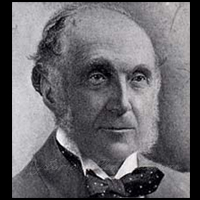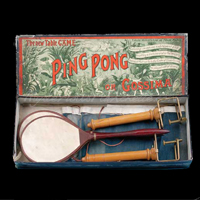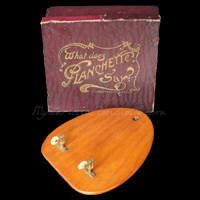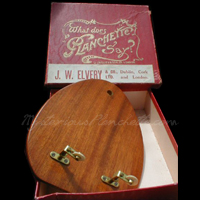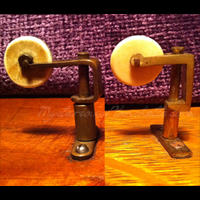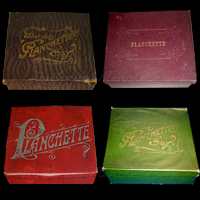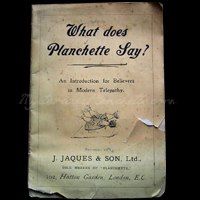The Jaques & Sons toy company has introduced so many innovations to the world of games and toys that it is hard to know where to begin. With roots in an 18th century one-man ivory-turning workshop, Jaques & Sons continues to this day to produce some of the highest quality puzzles, toys, and games in the world. Their contributions include such classic games as Tiddledy-Winks, Ludo, and Snakes & Ladders. In 1849 they totally redesigned the classic shape of chess pieces into the modern forms we use today.
They introduced croquet to Britain in 1851. In 1902, they invented a game they called Gossima, known to us today as Ping-Pong. During WWI they were even employed by British MI6 to make secret escape kits in the form of games with hidden compartments, which were passed out to prisoners of war through the Red Cross! The company has been a force of innovation for over 200 years while keeping a classic, old-world craftsmanship in their products, and is still family owned!
Our modern evaluations of their planchettes, based as they are on frequency of board discoveries and retrospect quality inspection, tells us that Jaques & Sons were the undisputed kings of British planchette manufacturers. These lovingly crafted boards are of a consistent appearance and quality, with only occasional slight refinements in edge bevel or hardware, and the company seems to have had little use for the experimentation that competitors like Chad Valley indulged in. From the beginning, they produced an effective board, and they stuck by the design with little modification. The boards turn up so frequently on the modern collector's market that it seems they must have dominated the British marketplace for there to be so many in circulation in comparison to competitor's boards.
Befitting the company's origins in fine woodwork, the boards are of fine quality wood and craftsmanship, smoothly varnished on both sides. The boards have substantial weight and thickness, expertly cut in the classic British form of flat rear, rounded edges, and blunt, rounded nose. While their castors appear at first glance to be the same simple pentagraph type as Chad Valley or H.P. Gibson planks, but these are not recycled cast-offs from the toy trade. Instead, we find sturdy, industrial-strength castors, solidly attached to the board with two screws without topside penetration, and of fine brass construction with little play. Early castors may have a turnaround arm design that loops over the wheel's axle, or they may be Thomas Welton planks. Most discovered models differ only slightly, with a standard pin retaining the wheel to the castor arm. They are rivaled in quality only by the ball-bearing rollers of Bussey Co. planks or the incredible Weyers Bros.
The pencil aperature is of two types: a brass sleeve and screw retaining insert in the earliest models, and a turned-wood-and-cork design on later boards. Beyond this variation and the slight castor refinement mentioned above, there is otherwise very little variation between boards over their production span. Boxes, on the other hand, take on a variety of beautiful forms, all stylish and classic. All examples are sturdy cardboard covered in high-quality fabric, with the stylized word "Planchette" emblazoned on the lid in at least two differing styles, one more garish than the other. The most commonly-encountered and beautiful of the boxes are highly embellished with the decorative and inquisitive "What Does Planchette Say?" query in gold lettering, on a backdrop of either green or burgundy fabric.
Jaques & Son included an 8-page brochure with their planchettes similarly titled "What Does Planchette Say?" It reprints the classic article (an account of a man's first encounter with a planchette) that first appeared in 1867 in the Once a Week periodical, just as the American company Kirby did in 1868. Some versions of this brochure include advertisements for other popular Jaques & Son games, with the most common advertising the upcoming "Kalipha,"dating the brochure, and the other contents of the box, to 1903.







